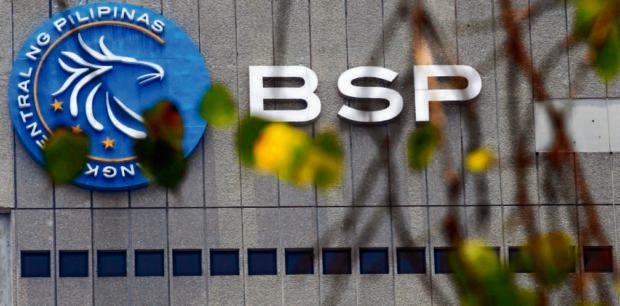Long-term capital inflows to PH slowed in first four months of 2019

Bangko Sentral ng Pilipinas. (File photo / Philippine Daily Inquirer)
MANILA, Philppines – Net inflows of long-term investments into the Philippines slowed down for April as well as during the first four months of the year as foreign firms infused less equity in their local units while the pace of capital repatriations during these periods quickened.
According to the Bangko Sentral ng Pilipinas, foreign direct investments recorded net inflows of $2.9 billion net inflows in January-April 2019 — a 14 percent decrease from the $3.4 billion net inflows recorded a year ago.
“This developed on account of the decline in net equity capital investments as placements dropped by 44.5 percent to $712 million from $1.3 billion, coupled with a 204.9 percent increase in withdrawals to $377 million from US$124 million during the period,” the central bank said.
Equity capital placements during the first four months of the year were sourced mostly from Japan, the United States, China, Singapore, and South Korea. These were invested mainly in financial and insurance; real estate; manufacturing; transportation and storage; and administrative and support service industries.
Unlike portfolio funds or “hot money”, foreign direct investments stay longer in the local economy as they are used by foreign investors to acquire hard assets, create jobs and generate greater economic activity. They provide an indicator of the international business community’s confidence in the country’s prospects
Meanwhile, net investments in debt instruments rose by 16.3 percent to reach $2.2 billion from $1.9 billion posted a year ago. Reinvestment of earnings amounted to $326 million, higher by 12.1 percent than the $291 million recorded in the same period last year.
The central bank said that foreign direct investments also recorded net inflows of $961 million in April 2019 as all FDI components registered positive balances during the month.
“This level, however, was 11.8 percent lower than the $1.1 billion net inflows posted in
the same period last year,” the central bank said.
During the month, net inflows of net equity capital declined by 85.5 percent to $39 million from $272 million in April 2018. Equity capital placements emanated mostly from Thailand, the United States, Singapore, Hong Kong and Japan.
These April inflows were channeled mainly to the financial and insurance; real estate; manufacturing; electricity, gas, steam and air-conditioning supply; and construction industries.
Meanwhile, non-residents’ investments in debt instruments — consisting mainly of loans extended by parent companies abroad to their local affiliates — increased by 12.6 percent to $830 million from $737 million posted last year.
Likewise, reinvestment of earnings reached $92 million, higher by 14 percent than the $80 million recorded in April 2018.
BSP Governor Benjamin Diokno had said the external position of the Philippines — of which foreign direct investment levels is a part of — is “reflective of an economy driven by solid macroeconomic fundamentals and firm growth prospects.” (Editor: Abe Cerojano)